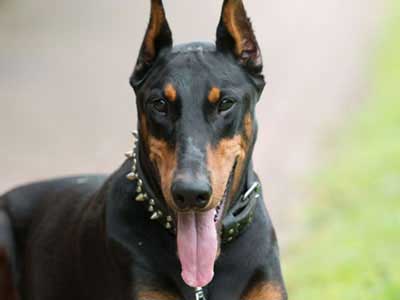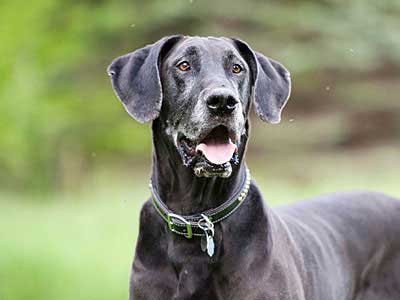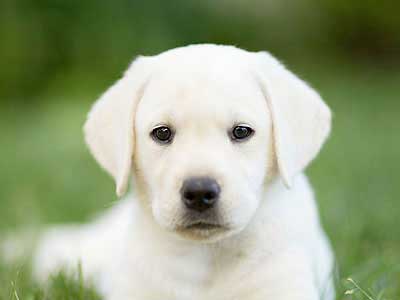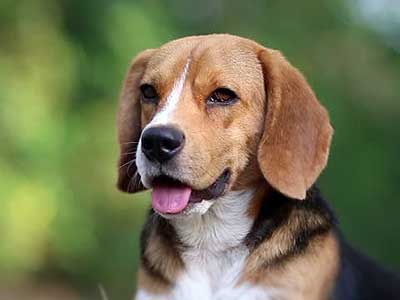Dalmatian
Breed Information |
|
|---|---|
| Popularity |
2022: #49 2021: #49 2020: #51 2019: #59 2018: #56 2017: #63 2016: #62 2015: #62 |
| Name | Dalmatian |
| Other names | Dal, Dally, Carriage Dog, Spotted Coach Dog, Firehouse Dog, Plum Pudding Dog |
| Origin |
|
| Breed Group |
Non Sporting (AKC:1888) Companion Breeds (UKC) |
| Size | Medium to Large |
| Type | Purebred |
| Life span | 12-14 years |
| Temperament |
Active Energetic Friendly Intelligent Outgoing Playful Sensitive |
| Height |
Male: 22 - 24 inches (50 – 60 cm) Female: 20 - 22 inches (50 - 55 cm) |
| Weight | about 55 pounds (25 kg) |
| Colors |
White & Black White & Liver Brown |
| Litter Size | 6-9 puppies |
| Puppy Prices |
Average $1000 - $1600 USD Usually, the average cost of purchasing a pet quality puppy from a reputable breeder is about $1000 to $1,600. However, for a Dalmatian puppy with top breed lines and a superior pedigree, you may need to pay between $2,000 and $2,500. |
Breed Characteristics |
|
|---|---|
| Adaptability |
5 stars |
| Apartment Friendly |
1 stars A Dalmatian is not an ideal dog for apartment dwellers unless it can be taken out for a brisk walk or run several times a day. They are very active indoors and will do best with at least an average-sized yard. Not suited to living outside in cold climates. |
| Barking Tendencies |
3 stars Occassional |
| Cat Friendly |
3 stars |
| Child Friendly |
5 stars Good with Kids: This is a suitable breed for kids and is known to be playful, energetic, and affectionate around them. |
| Dog Friendly |
5 stars |
| Exercise Needs |
5 stars This is a very energetic dog with enormous stamina. They need to be taken on daily, long, brisk walks or jogs where the dog is made to heel beside or behind the human holding the lead. Never in front, as instinct tells a dog that the leader leads the way, and that leader needs to be the human. In addition, it needs plenty of opportunity to run, preferably off the leash in a safe area. If these dogs are allowed to get bored, and are not walked or jogged daily, they can become destructive and start to display a wide array of behavioral problems. They love to run! |
| Grooming |
1 stars Low Maintenance: On the plus side, the Dalmatian’s short, fine, velvety-smooth coat is easy to groom. Brush it several times a week with a bristle brush, rubber curry brush, hound mitt, or pumice stone to strip out the dead hair and keep the coat gleaming. |
| Health Issues |
4 stars Hypoallergenic: No |
| Intelligence |
4 stars Ranking: #39 Full Ranking List |
| Playfulness |
5 stars |
| Shedding Level |
5 stars Constant Shedding: Expect this dog to shed frequently. Be prepared to vacuum often. Brushing will reduce shedding as well as make the coat softer and cleaner. |
| Stranger Friendly |
3 stars |
| Trainability |
4 stars Moderately Easy Training: The Dalmatian requires consistent training. Dalmatians respond positively to praise when they have done something well. Dalmatians are very sensitive with long memories—they will remember mistreatment and should not be trained roughly. Harsh methods are unlikely to succeed and consistent, gentle corrections are recommended. The Dalmatian has a strong sense of rank and is highly strong willed, so an experienced trainer is recommended. |
| Watchdog Ability |
3 stars |
Dalmatian Names |
||
|---|---|---|
| Rank | Boy Names | Girl Names |
| 01 | Charlie | Molly |
| 02 | Jack | Lola |
| 03 | Buddy | Coco |
| 04 | Teddy | Penny |
| 05 | Lucky | Lola |
| 06 | Duke | Molly |
| 07 | Tucker | Sophie |
| 08 | Sam | Dixie |
| 09 | Oscar | Zoey |
| 10 | Leo | Stella |
| 100 Cute Puppy Names › | ||
Overview |
|---|
|
The Dalmatian is a square-proportioned, athletic dog of good substance and sturdy bone. It is built for efficiency at the trot and great endurance, and its movement should be steady and effortless. The expression is alert and intelligent; the coat short and sleek. The distinctive spots are an essential point of type; solid patches (distinguished from masses of spots by the patch's sharply defined, smooth edges) are a disqualification. The Dalmatian makes a good playmate for children, although it may be a little too rambunctious for smaller children. Dalmatians get along well with other dogs or household pets, though it is should be socialized as a puppy if possible. The Dalmatian is naturally fond of humans and horses. The Dalmatian can be watchful around strangers. |
History |
|
The true origin of the Dalmatian is unknown, although it is believed to have originated in India. Paintings and figures of spotted dogs have been found in ruins as old as 5,000 years. Numerous written references to spotted dogs occur throughout history. The modern Dalmatian, notwithstanding his name however, was developed in Great Britain. While some Dalmatians were used for hunting, the breed’s primary purpose was as a coach dog. Coach dogs were by no means ornamental - they were there to guard the passengers and property in the coach. Because of their affinity for horses, it was natural for the Dalmatian to follow horse-drawn fire engines. Many fire departments are still graced by a Dalmatian mascot who guards the firehouse and helps educate children about fire safety. Dalmatians have been in this country since its founding, with George Washington being the most well known early breeder. |
References
- [1] ^ YouTube: All About the DALMATIAN - Traits and Training!
- [2] ^ YouTube: Owning a Dalmatian?? | What you need to know!

 United Kingdom
United Kingdom Croatia
Croatia



